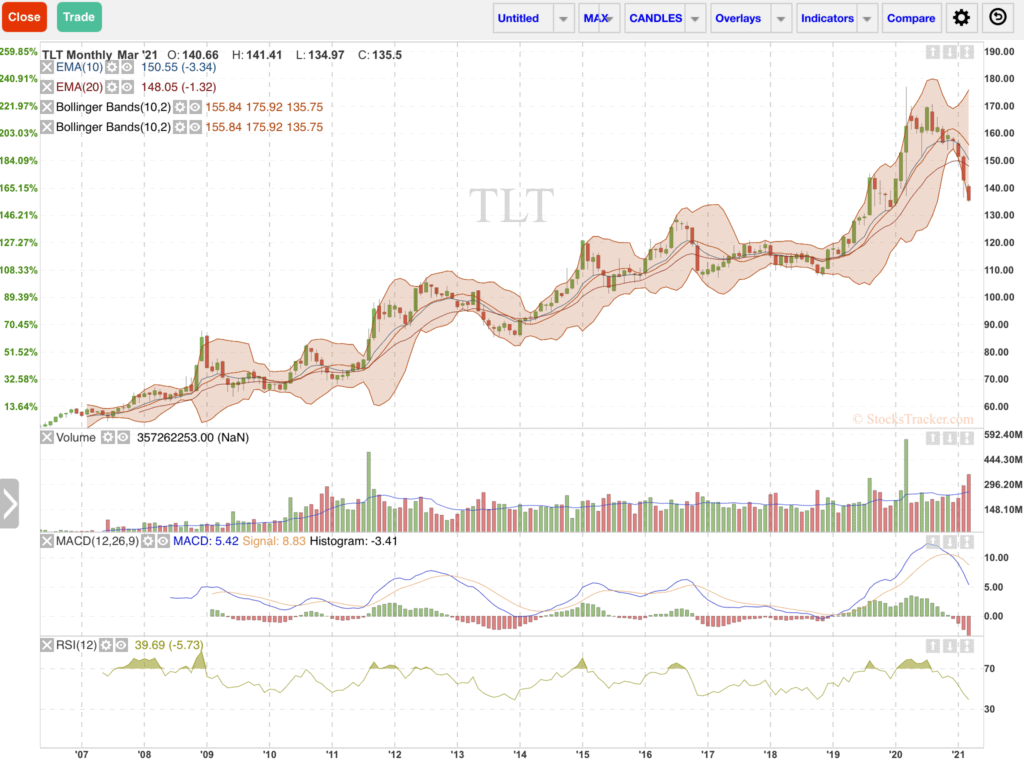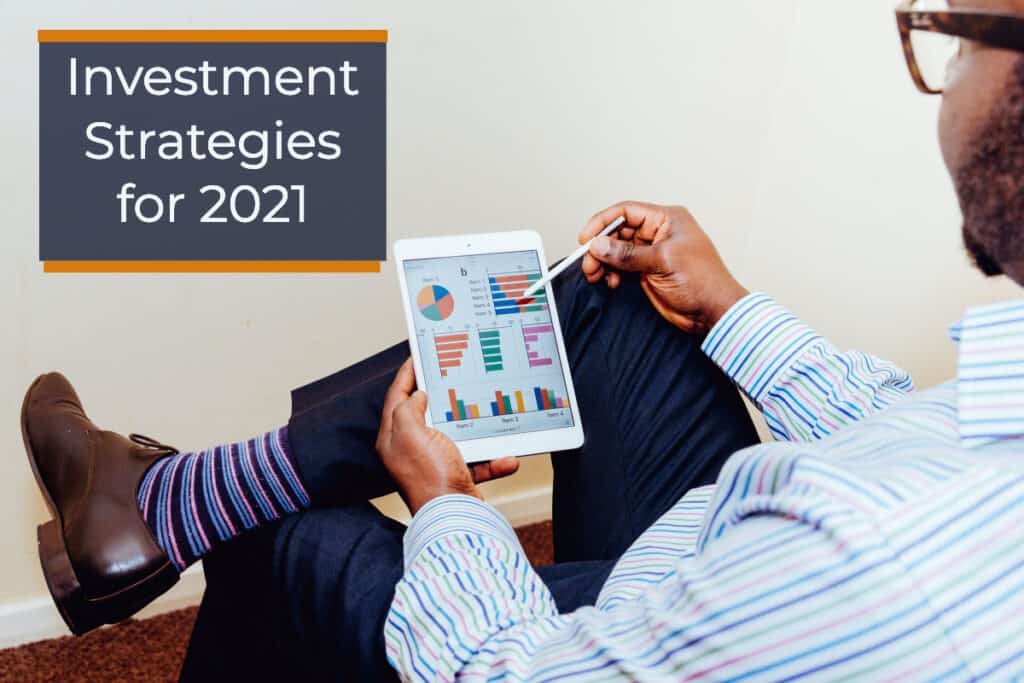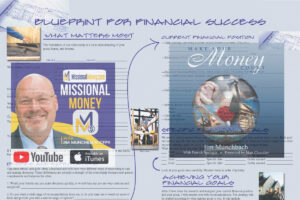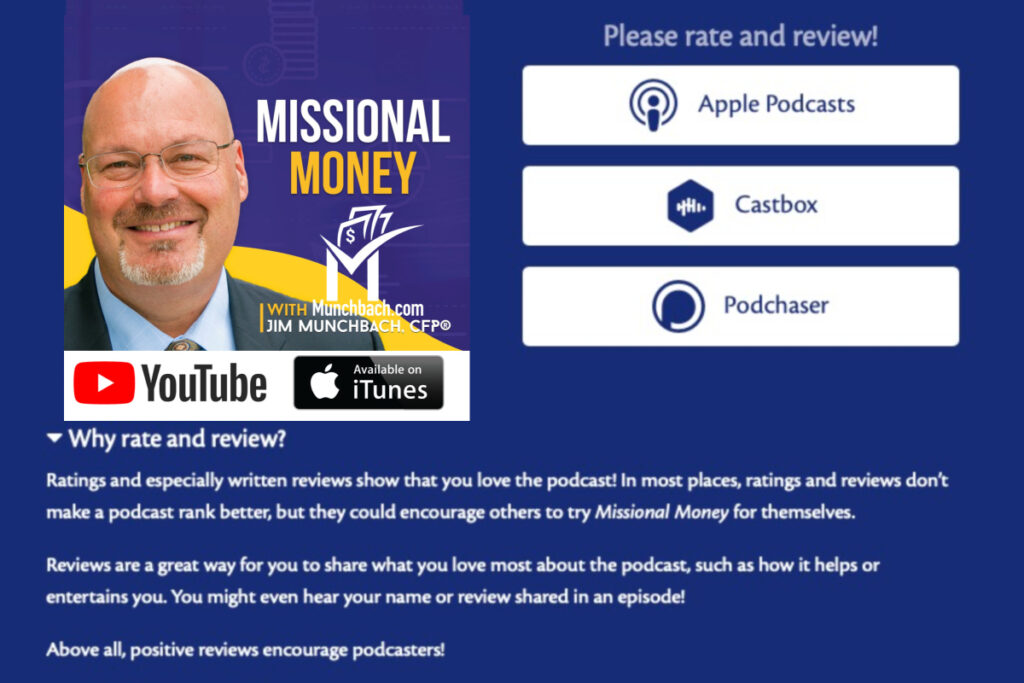These are the most common and most powerful investment strategies available to young and old investors alike, designed to help you maximize returns and minimize risk so that you build more wealth over time:
- Diversification
- Asset Allocation
- Dollar-Cost-Averaging
- Portfolio Rebalancing
Asset Classes
In order to implement the 4 Investment Strategies outlined in today’s lesson, it is very important that you understand the differences between asset classes. There are many many different asset classes, sometimes referred to as “styles”:
- US Large Cap
- US Mid Cap
- US Small Cap
- International
- US Government Bonds
- US Corporate Bonds
- Municipal Bonds
- International Bonds
- And the list goes on and on…
Diversification

The most basic – and effective – strategy for minimizing risk is diversification. Diversification is based heavily on the concepts of correlation and risk. A well-diversified portfolio will consist of different types of securities from diverse industries that have varying degrees of risk and correlation with each other’s returns.
Asset Allocation Takes the Cake

The distribution of assets to balance risk and reward is the most important principle of investing. A little wisdom makes a huge difference in the return on investment.
A lady named Kimberly came to me, and she was visibly upset. Her husband Ed had an IRA with $100,000, but he had kept it in a money market at .5% during five years the market had gained 10 to 16% each year. They were both about 35 years old.
Dozens of times, she had suggested that he move his money to more productive instruments, and finally, he agreed to meet with me. I explained asset allocation, and they both felt much more comfortable about investing the money.
Inflation is a Big Risk

They understood inflation was a big risk to their future, but properly allocating their assets in the market would help them balance risk and return. When I showed them the math, they were stunned.
Here’s what I explained: If they kept that $100,000 in the money market (cash) account at .5% from age 35 to age 65, the account would be worth only $116,140. By investing their 401k into a diversified family of mutual funds with an expected return of 8% compounded annually, the amount would jump to $1,006,265!
- Kimberley and Ed almost fought each other to see who would sign the papers to move the funds.
- Asset allocation needs to factor in these elements:
- Your risk tolerance, which determines how aggressive or conservative your investments will be,
- The time horizon for achieving your stated goals, such as college education for a child in 2 years and retirement in 35 years, and
- The market dynamics of cash, bonds, equities, and real estate and their relationship to one another to maximize returns while minimizing risk.
Three Big Factors
Three factors determine the performance of your portfolio:
- Asset Allocation,
- The Selection of Assets (Stock Picking), and
- Market Timing
In a ten-year study of ninety-one large corporate pension plans in the United States, the authors of an article in Financial Analysts Journal found that…
94% Of Performance Was Determined By Asset Allocation.
Investment selection accounted for only 4%, and market timing was responsible for 2%. B.G.P. Brinson, B.D. Singer, and G.I. Beebower, “Determinants of Portfolio Performance,” Financial Analysts Journal (January/February, 1986.)
The metaphor I use to explain asset allocation is balancing a tire for high speed driving. When I was a mechanic, and a customer came to my shop because the car was shaking, the problem was almost always that a tire was out of balance, sometimes caused by a small bump of rubber from uneven wear.
Even a seemingly small imbalance of a quarter of an ounce could cause the tire to shake violently at high speeds. I applied a weight to counterbalance the wheel.

We checked it on the balancing machine to be sure it ran smoothly, put it back on the car, and the customer was ready to go.
Asset allocation balances the portfolio, so the assets run smoothly toward your goals. Sometimes people only need to make small adjustments, but often they need to make major changes in the distribution of assets.
Some people are so risk-averse that they want to keep all their money in cash, and they want to divide it up so they stay under the FDIC limits in each institution.
But this strategy only limits risk in the immediate future. Returns on cash accounts don’t even keep pace with inflation, so there is no opportunity for asset appreciation and they actually increase their long-term risk.
Dollar Cost Averaging with Farmer Joe

Many of us are tempted to wait for a windfall—winning the lottery or a big inheritance from Aunt Phoebe—before we even start to invest. Our hopes are high because we’ve heard stories of people who hit it big, but those stories are in the news because they’re so rare, not because they’re commonplace.
The best way to develop a substantial nest egg is to develop the discipline of putting money into a fund every month—no excuses. The market will go up or down, but our funds continue to grow slowly and steadily. I know people who began putting as little as $25 a month into an investment, and over time, they’ve accumulated a substantial amount of money.
When they were young, they had every reason to put off investing because they could easily use that $25 for dinner and a movie. But they were committed to save and invest, even if it was a small amount. When they got promotions and raises, they increased the amount they put away each month.
To explain the benefit of regular investing, I use the illustration of a farmer who invests each month in his favorite commodity: Cows.
Farmer Joe calls me and wants to invest $100 each month. When he begins, the market for cattle is near an all-time high. Cows are selling for $100 a head (which actually includes the entire cow, not just the head in case you’re watching Netflix while you’re reading this…).
He wonders if this is the right time to invest, but he needs more cattle.
- The first month, he can buy only one cow.
- In the second month, the price of cattle goes down to $50, so he buys two.
- The third month, the price goes to $25, so he buys four that month.
- And in the fourth month, the price of cattle plummets to a low: $20 each.

At that point he calls me and says, “Hey bucko, what have you gotten me into? Cattle are $20 a head! I bought all these cattle at high prices, and the bottom has dropped out of the market! I’m going to sell them all and cut my losses.”
I tell him confidently, “Farmer Joe, the market is very low right now. You were paying $100 a head four months ago.
You needed cattle, didn’t you? Has that changed? No? So why are you upset?
This is the best time to buy cattle, not sell. Hang in there.
You’re in great shape to benefit from this phase of the cycle.”
Farmer Joe bites his lip and decides to trust me.
- The next month, the price creeps up to $25 again. Farmer Joe buys four head.
- The next month, the price has risen to $50, so he buys two, and
- The next month, the price of cattle is back up to its high of $100, and he buys only one head.
At that point, Farmer Joe decides to sell. During those seven months, he bought nineteen cows for a total of $700. They’re worth $1900, yielding a net profit of $1200, and the price of cattle never rose above $100 a head.
Farmer Joe’s only regret was that he didn’t sell his tractor and buy more cattle when they were $20 each.
As I explain this story, I draw a chart for my clients. It looks something like the cow chart used in the beginning of this article (except that my cows never look that good).
Portfolio Rebalancing
Portfolio Rebalancing is Like Balancing a Tire, it’s the process of realigning the weightings of assets in your investment portfolio. Rebalancing involves periodically buying or selling securities to maintain an original or desired or risk level.
For example, say your original target was 25% small cap stocks, 25% large cap stocks, 25% international stocks and 25% bonds. If the small stocks performed well during the period, it could have increased the small cap stock weighting of the portfolio to 40%. At the same time, your bonds may have gone down so much that your bond allocation is now only 15%. So, you may then decide to sell some small cap stocks at this higher price and buy more bonds at this lower price to get your portfolio back to the original target allocation of 25/25/25/25
Portfolio rebalancing safeguards you from being overly exposed to undesirable risks — like way too much international stock in your portfolio.
These steps are taken to ensure the amount of risk involved is at your desired level. As stock performance can vary more dramatically than bonds, the percentage of assets associated with stocks will change with market conditions. Along with the performance variable, investors may adjust the overall risk within their portfolios to meet changing financial needs.
“Rebalancing,” as a term, has connotations regarding an even distribution of assets; however, a 25/25/25/25 stock and bond split is not required. Instead, rebalancing a portfolio involves the reallocation of assets to a defined makeup. This applies whether the target allocation is 50/50, 70/30, 40/60, or 25/25/25/25 as in the example I used above.
While there is no required schedule for rebalancing your portfolio, most recommendations are to examine allocations at least once a year. It is possible to go without rebalancing your portfolio, however, regular rebalancing is one way to maximize returns AND minimize risk.
Portfolio Rebalancing gives you the opportunity to sell high and buy low, taking the gains from high-performing investments and reinvesting them in areas that have not yet experienced a lot of growth.
Calendar rebalancing is the most basic rebalancing approach. It can be done quarterly, annually, or every six months. This investment strategy simply involves analyzing your investment holdings within your portfolio at predetermined time intervals and adjusting to the original allocation at your desired frequency.
Monthly or quarterly assessments are typically preferred because weekly rebalancing would be overly expensive while a yearly approach would allow for too much portfolio drift.
The ideal frequency of rebalancing can be determined based on your time constraints, transaction costs, the options available through your custodian or 401k sponsor. A major advantage of calendar rebalancing over more responsive methods is that it is significantly less time consuming and costly for since it involves less trades and at pre-determined dates. The downside, however, is that it does not allow for rebalancing at other dates even if the market moves significantly. So, when the markets move significantly, you can take a more responsive approach to portfolio rebalancing.
Getting More Technical
Focus on the allowable percentage composition of an asset in your portfolio – this is known as a constant-mix strategy with bands or corridors. Every asset class, or individual security, is given a target weight and a corresponding tolerance range.
For example, an allocation strategy might include the requirement to hold 30% in emerging market equities, 30% in domestic blue chips and 40% in government bonds with a corridor of +/- 5% for each asset class. Basically, emerging market and domestic blue chip holdings can both fluctuate between 25% and 35%, while 35% to 45% of the portfolio must be allocated to government bonds.
When the weight of any one holding moves outside of the allowable band, the entire portfolio is rebalanced to reflect the initial target composition.
The most intensive rebalancing strategy commonly used is constant proportion portfolio insurance (CPPI) is a type of portfolio insurance in which the investor sets a floor on the dollar value of their portfolio, then structures asset allocation around that decision.
The asset classes in CPPI are stylized as a risky asset (usually equities or mutual funds) and a conservative asset of either cash, equivalents, or treasury bonds. The percentage allocated to each depends on a”cushion” value, defined as the current portfolio value minus some floor value, and a multiplier coefficient.
The greater the multiplier number, the more aggressive the rebalancing strategy. The outcome of the CPPI strategy is somewhat similar to that of buying a synthetic call option that does not use actual option contracts. CPPI is sometimes referred to as a convex strategy, as opposed to a “concave strategy” like constant-mix.
Key Takeaways
- Rebalancing is the act of adjusting your portfolio asset weights in order to restore target allocations or risk levels over time.
- There are several strategies for rebalancing such as calendar-based, corridor-based, or portfolio-insurance based.
- Calendar rebalancing is the least costly but is not responsive to market fluctuations, meanwhile a constant mix strategy is responsive but more costly to put to use.
Rebalancing Retirement Accounts
One of the most common and important ways to rebalance are the allocations within your retirement accounts — remember The Perfect Investment? Hint, it starts with 401K. Asset Allocation impacts your overall performance and many investors prefer to invest more aggressively at younger ages and more conservatively as they approach retirement age. Often, the portfolio is at its most conservative as you prepare to draw out funds to supply retirement income.
Rebalancing for Diversification
Depending on market performance, investors may find a large number of current assets held within one area. For example, should the value of Tesla may increase by 25% while GM only gained 5%, a large amount of the value in the portfolio is tied to the Tesla stock. Should Tesla experience a sudden downturn, your portfolio will suffer higher losses by association. Rebalancing lets you redirect some of the funds currently held in Tesla to another investment (maybe Apple or Microsoft or McDonalds).
By keeping your funds spread out across multiple stocks — and multiple asset classes — a downturn in one will be partially offset by the performance of the others, which can help you maximize returns while minimizing risk over time.








